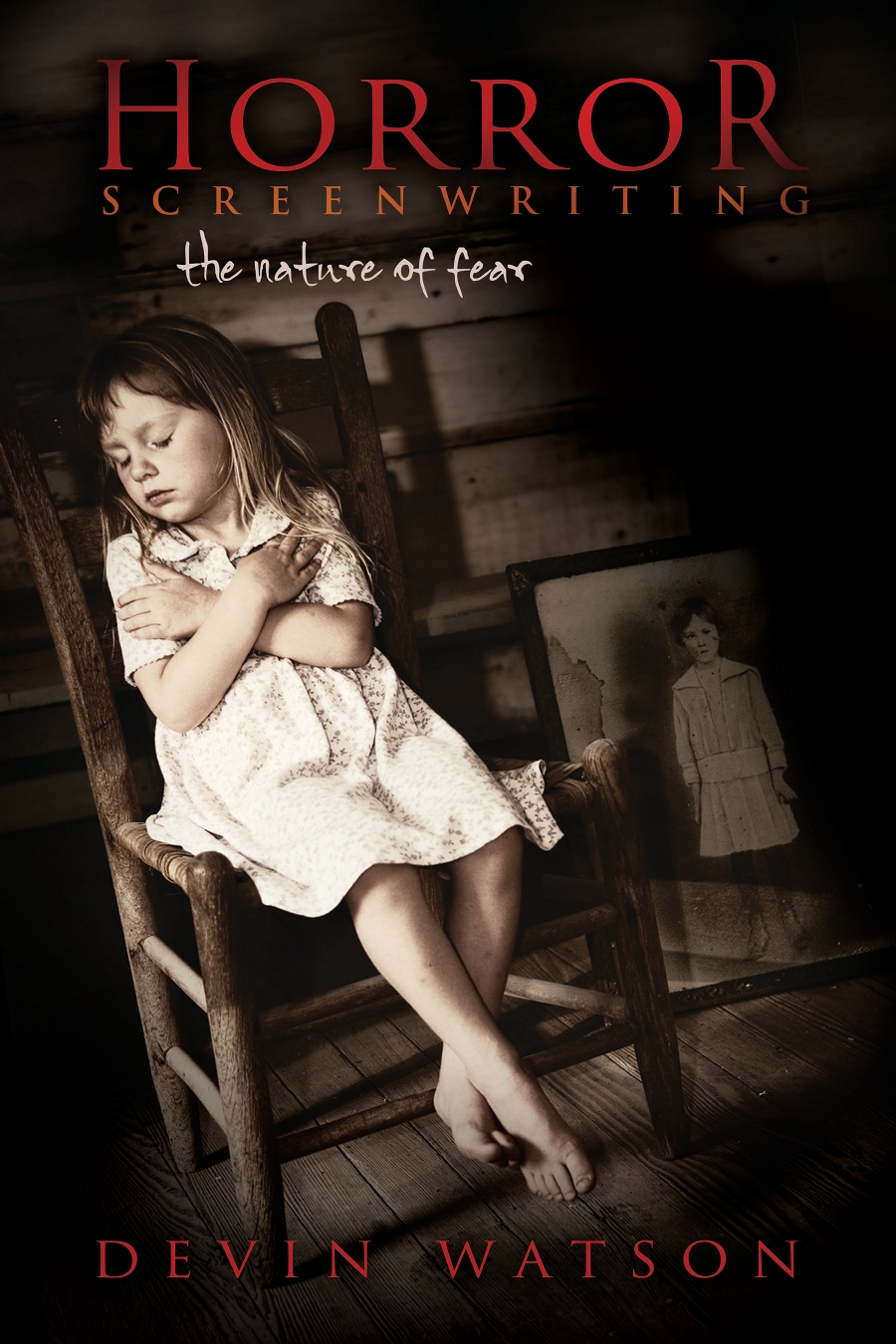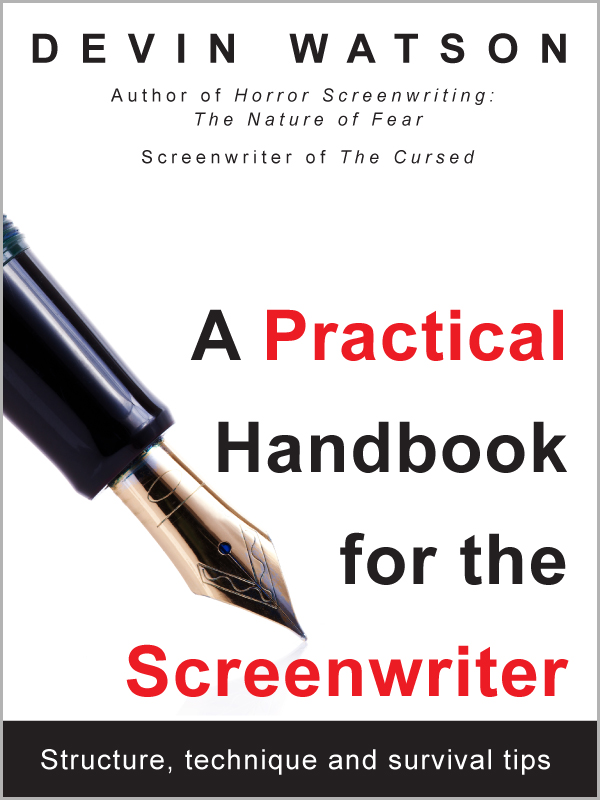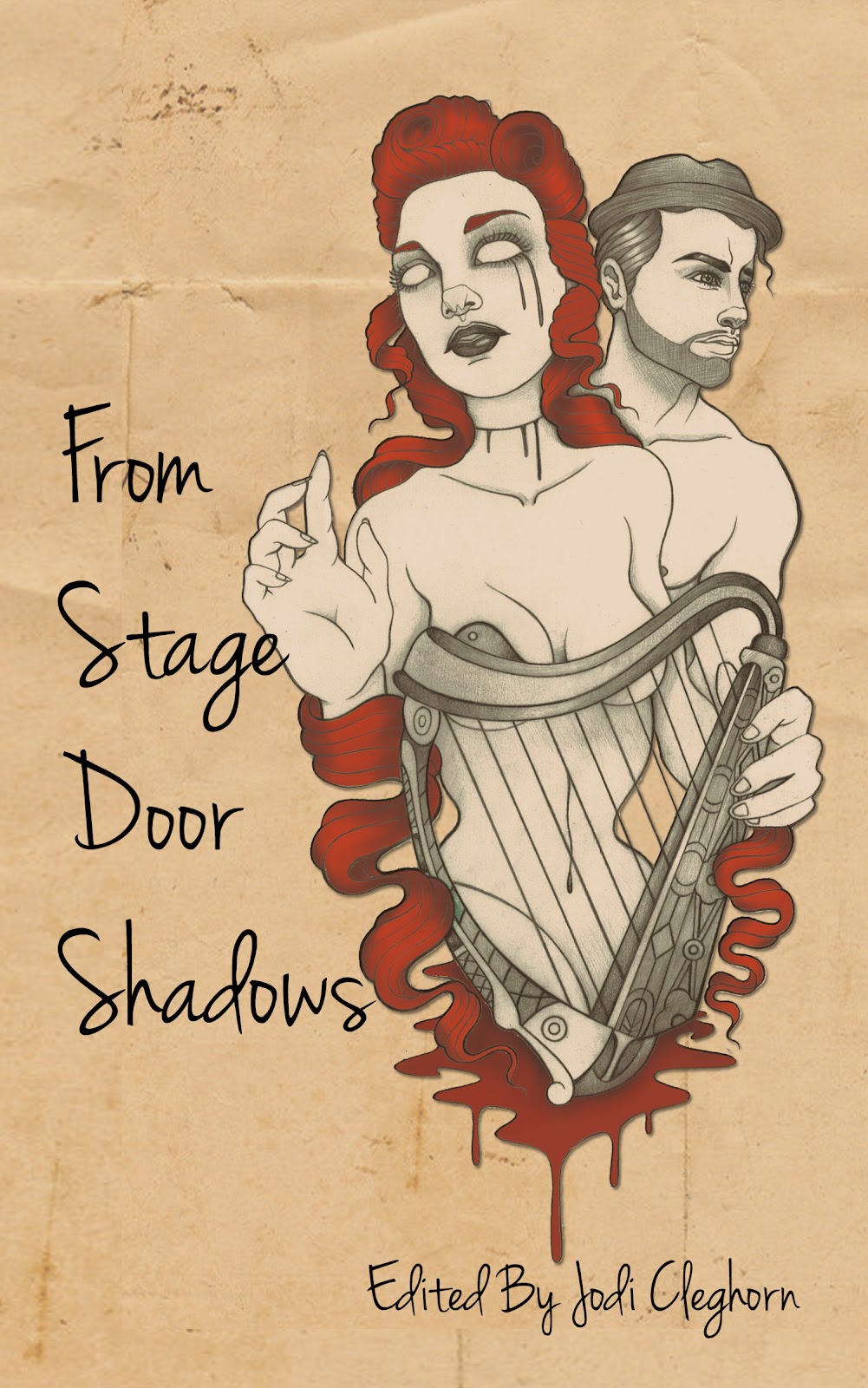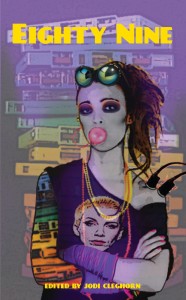Today we have a special guest post by Tyler Weaver on horror that inspired him. Enjoy!
The Universal Hammer of Horror
by Tyler Weaver
I never went to film school. I had film school brought to me in the form of my grandfather, who would rent movies he thought I should see for 50¢ a pop at the local library. From the tender age of five, I was raised on a steady diet of classic films – silents, the early talkies. But the films that had the biggest impression on me were the Universal Monster films of the 30s and 40s, starting with Browning’s Dracula, continuing with Whale’s Frankenstein, and through all of their iterations until Lugosi’s final performance as Dracula in 1948’s Abbott & Costello Meet Frankenstein.
There was something about those films that inspired me – even to the point when I was eight years old of re-creating the “Dracula death” scene, by leaning over in shadow, pounding against something wooden, and doing my best pre-pubescent Lugosi Dracula moan of death.
What? I grew up in the middle of nowhere in Ohio. Bite me. Pun intended.
As I grew older and expanded my love of film, I came to find James Whale’s two Frankenstein films, Frankenstein and Bride of Frankenstein to be absolute masterpieces, but not for the same reasons I had enjoyed them in my youth. Whale brought a sense of playfulness and character (a few steps below camp) that made each character memorable, down to the bittiest of the bit part torch-carriers storming the windmill at the point of Frank and Son’s death. Watching Whale’s growth as a filmmaker from his first foray into camp Frankenstein, which was a great piece of classic horror (besting Browning’s remarkably lackluster – in retrospect – Dracula) to the apex of monster moviemaking, The Bride of Frankenstein (near the top of my favorite films of all time list) is nothing short of remarkable. The difference between, as Hitchcock said of his own remake of The Man Who Knew Too Much, “a gifted amateur and a professional,” is nowhere demonstrated more thoroughly than in Whale’s Universal trifecta, (1931’s Frankenstein, 1933’s The Invisible Man – where his penchant for camp and character began bubbling to the surface, and 1935’s masterpiece, The Bride of Frankenstein.)
If the early Universals taught me the importance of atmosphere and memorable characters, the 1940s iterations taught me the importance of not taking yourself too seriously. From their last truly “serious” effort with The Wolf Man (which, as good as it is, is nowhere near the classic film it’s made out to be, save from a makeup perspective, which was done just as well and convincingly in 1932’s Frederic March-starring Dr. Jekyll and Mr. Hyde), Universal started doing the monster mash-up movie, with “thrills, chills, and…” whatever else they could fit in there. Cinematic masterpieces they are not, but damn they are fun. Bela Lugosi lumbering about as the Frankenstein monster, fisticuffing with Lon Chaney, Jr.; John Carradine making two (not counting 1966’s Billy the Kid vs. Dracula) appearances as Dracula (better than Lugosi) in House of Frankenstein and House of Dracula, and Boris Karloff channeling his monster-creator Colin Clive as a crazed mad scientist in the aforementioned House flicks.
The 40s taught me how to have fun. And not in the Stephen Sommer’s crap-fest Van Helsing sort of way.
Then came Hammer.
After being exposed to the Universal classics, my grandfather decided it was time to track down one of his all-time favorites for my viewing pleasure: the Christopher Lee and Peter Cushing-starring Horror of Dracula. Vivid Technicolor. Voluptuous vampire brides. Deeply bright (makes sense to me) red blood trickling from Lee’s feral mouth as he bounded over tables. If Lugosi’s Dracula saw Lee’s, he’d watch him jump by, dismiss him with a swish of his hand, and continue his gummy seduction of the chaste Helen Chandler as Mina.
No nostalgic reminiscence of Horror of Dracula (or just Dracula in the UK) is complete without mentioning the man himself, Peter Cushing. His final climactic battle with Dracula in the castle, diving over the table to pull the curtain and letting the sunlight pour in on Christopher Lee (in what still ranks as my favorite Dracula death scene) is, to let go of any literary aspiration, too freaking cool. Visceral! Pulp! Chesty vampire brides!
What’s NOT there for an impressionable nascent movie guy to love?
And sure, there were some absolute pieces of crap that came from Hammer (most of the stuff after 1968’s Dracula Has Risen From the Grave), but there were some other notable greats, like my favorite film version of Gaston Leroux’s Phantom of the Opera, starring Herbert Lom (and yeah, it was transferred to England and there was an angry midget, but Leroux’s original novel isn’t that great, the Lon Chaney version is good, but pedestrian (except for the unmasking) and the Claude Rains version is very… Lloyd Webber-y.) The Lom Phantom was a wonderful horror film set in the dingy underbelly of the London Entertainment industry, and gave us with the most empathetic – not sympathetic – Phantom to grace the screen.
And what did Hammer teach me?
If you’re going to do something, do it with brass balls. Just let loose, amp it up, and have a ball. Tell a great story, entertain the audience, and get out before you wear out your welcome. Let your blood drip red, let your story propel us forward like Van Helsing over the table and to the curtain. Always look for the “Plus One” – how can I kick it up just one more notch?
Combined, both the classic Universal Monster films of the 30s and 40s and the Hammer Horror films of the 50s and 60s have influenced my visual storytelling tastes far more than any Oscar winner. More often than not, it’s the pieces regarded as throwaway filler or “entertainments” that provide more merit than they ever intended – not because they weren’t good films, but because the filmmakers behind them just wanted to have fun and fulfill the single most important function of a visual storyteller: to tell an entertaining story with memorable characters that engrosses the audience, grabbing them by the throats and not letting go from fade in to fade out.
##
TYLER WEAVER is a storyteller whose chosen medium happens to be that expensive form called film. He’s made some stuff, like THE FOURTEEN MINUTE GAP, IL MIO CANTO LIBERO, and GATHER ‘ROUND THE MIC. He lets the world knows what he thinks as the founder and EIC of Multi-Hyphenate and takes great joy in helping other people tell their stories as a PMD and marketing strategist. He’s currently developing a transmedia project called WHIZ!BAM!POW! that pays tribute to his lifelong love of comic books. Because he’s slightly insane, he’s simultaneously developing a new documentary. He yaks about that and more on Twitter under the creative guise of @tylerweaver.
2 thoughts on “Guest Post: The Universal Hammer of Horror”
Comments are closed.






Enjoyed the thoughts and comments. I am in the older generation group and therefore, was part of the “old movies” group. Going to the movies was pure magic for us as kids and it didn’t take much to carry us into the rest of the world, and for that matter, the unworld. We loved it all! I was a child during WWII and we watched war newsreels along with cartoons and the film feature. Those bigger than life movie theaters influenced our thoughts and our minds and we adored every minute of it. Hurrah to movies!!
Shirley – thank you so much for your comment and for sharing! It’s sad today to see that movie theaters don’t inspire that same sense of wonder and enjoyment today. At least there’s still the great movies.
Thanks again!
T